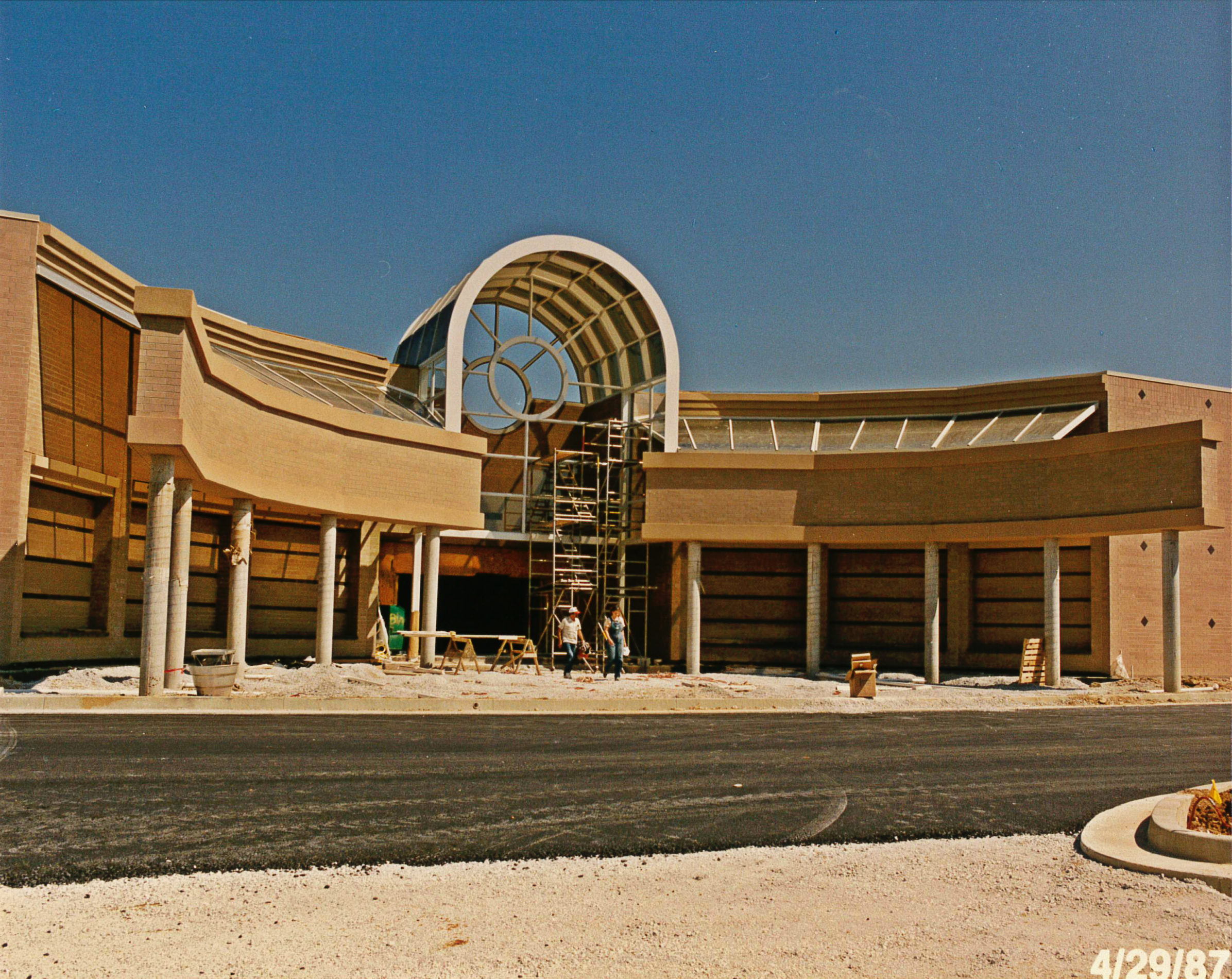
Hamilton Place Mall, Chattanooga, TN 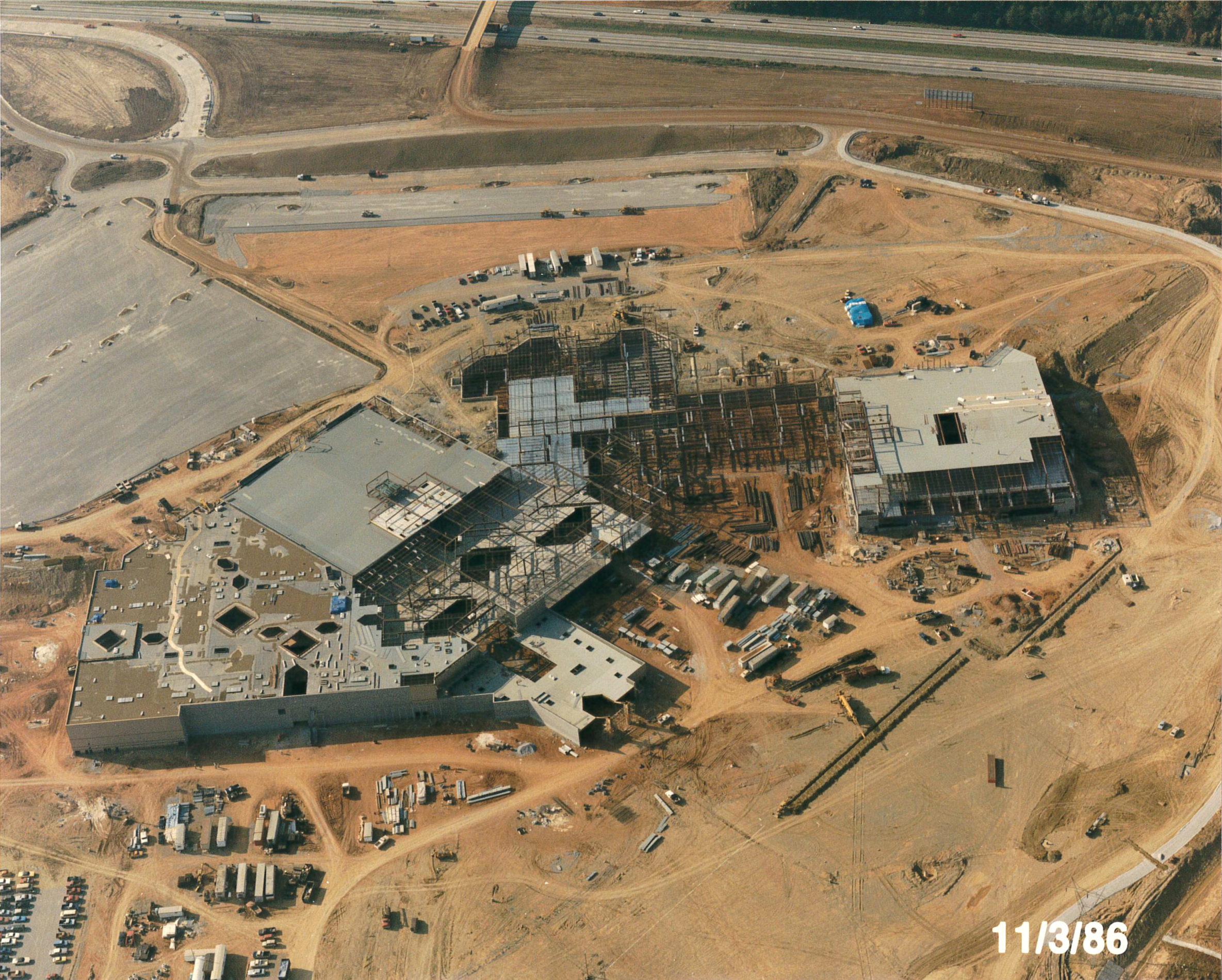
Hamilton Place Mall, Chattanooga, TN
Mark Twain once received an inquiry from a journalist who heard rumors that he was ill and possibly near death. Twain confirmed his health and famously stated, “The report of my death was an exaggeration.” History is littered with premature reports derived from incomplete information.
In much the same way, experts have reported the death of the American mall. At one time, malls were the center of the retail universe and a cultural icon. They were then hit hard by a combination of several factors including ecommerce, economic recessions, and changes in culture. Yet, these questions remain — Is the concept of the mall universally dead or just evolving? What does this mean for developers and owners? The answer is complicated.
According to a Smithsonian Magazine story, quoting the research firm Green Street Advisors, “The current state of malls varies by the classification of the mall, which is based on productivity and quality of tenants. Malls with higher classifications are doing well and owners are investing in them, while those with a lesser class are struggling with many closing permanently, and still others are reinventing themselves by finding creative ways to appeal to customers.”
Revitalizing a mall requires channeling quite a bit of creativity into rethinking how to use the space. According to a Fortune.com article, non-traditional tenants like bowling alleys, movie theaters and digitally native brands are also finding their way into these spaces.
Jeff Brewer, with EMJ Construction, echoed this idea, “Developers and owners are open to adding anything that is complimentary to their revised vision for the overall property. This may include experiential entertainment options, multi-family housing, hotels, restaurants, offices, and an array of other options.”
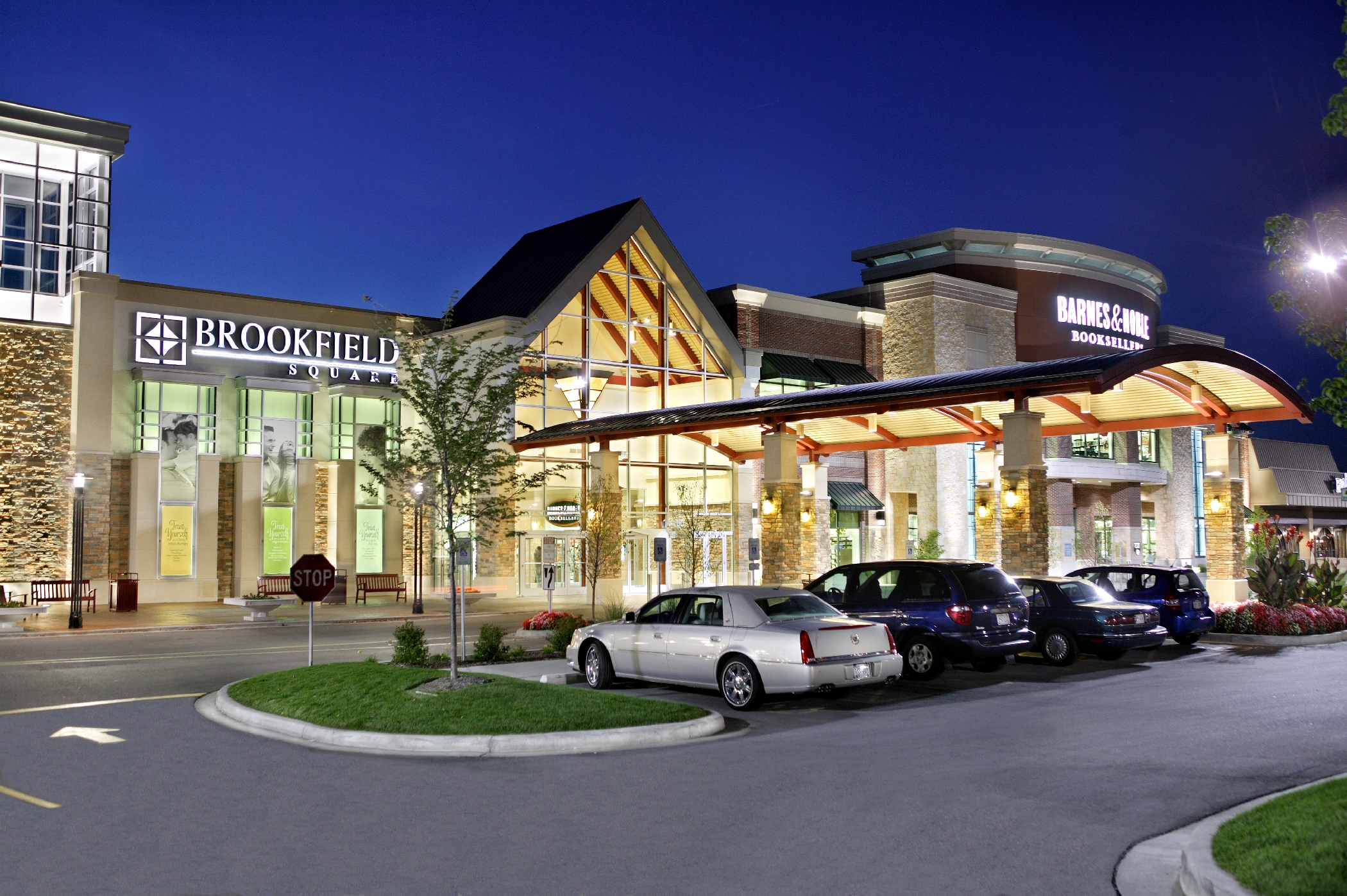
Brookfield Square Mall, Brookfield, IL 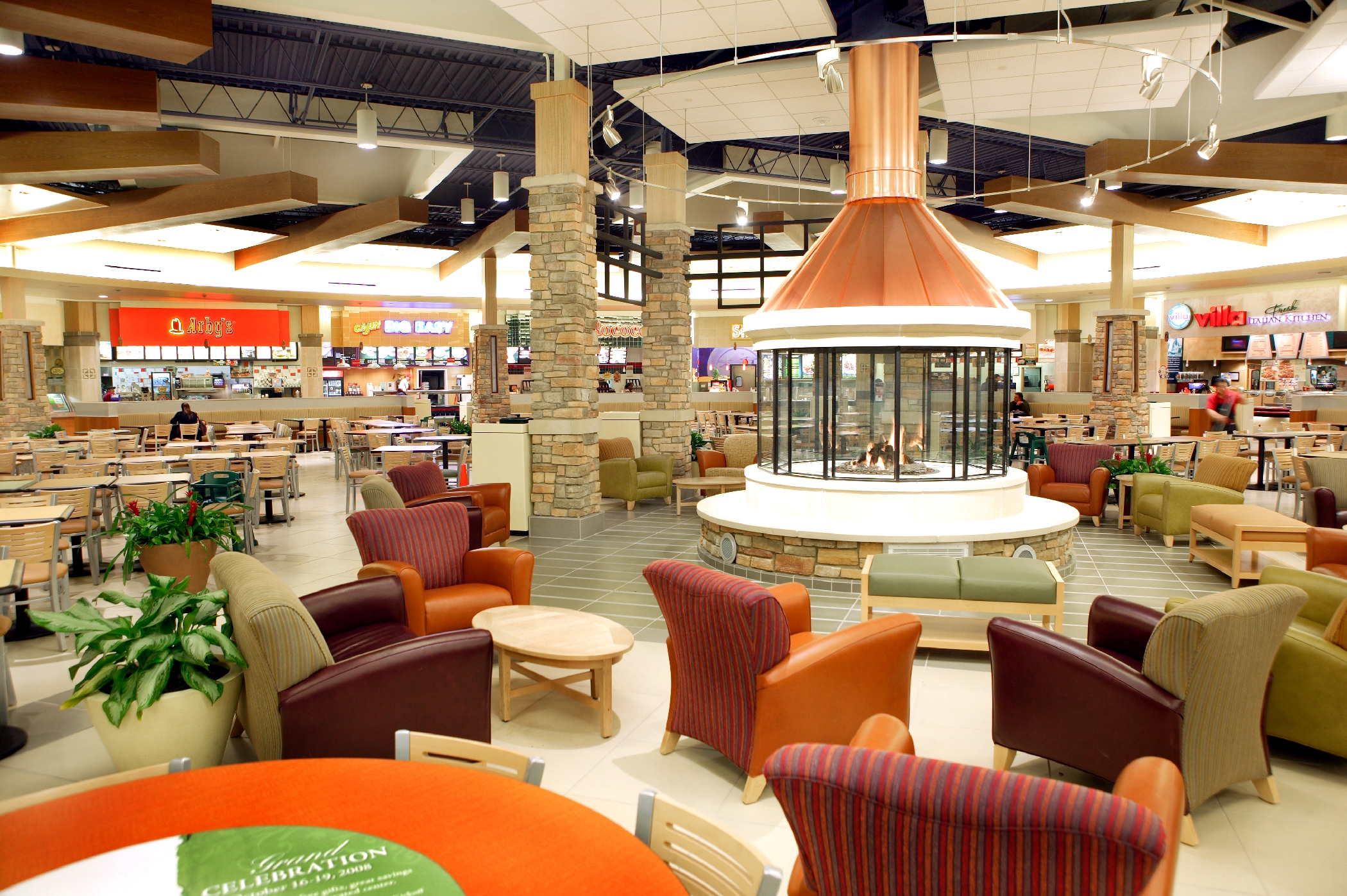
Brookfield Square Mall, Brookfield, IL
EMJ has a wide-range of experience in building and redeveloping malls, as well as adding venues to malls as part of their revitalization. Following are several lessons learned from EMJ’s many years of experience:
- Think like a theme park. Traditionally, malls were a set of independent stores — selling mostly clothing and personal items — but with the redevelopment of malls it’s important to look at the overall environment of the property and create a new vision for it that matches the needs of its community. Much like a theme park, customers are expecting an experience, complete with a well thought out and coordinated theme.
- Think outside the [big] box. Malls are getting a lot of value by demolishing vacant big box anchor stores and creating an open-air environment, a sense of place. This is a big commitment and reconfiguring the space has its challenges. It’s important to pick partners that understand the construction of a mall in order to know how to effectively subdivide the area to maximize the space for a return on investment.
- Think two steps ahead. These projects are a journey, not a destination. Redeveloping a mall is an ongoing investment and it must evolve along with its customers. It’s important to create a dedicated maintenance budget and upgrade offerings and finishes on a regular basis so that the next move can be anticipated.
“Because times have changed, the mall is no longer the center of the retail universe,” said Jacob Wadlington, with EMJ Construction. “However, with a strategic vision and commitment, they can remain a viable destination with great potential.”
With apologies to Mark Twain, for the time being the report of The Death of the American Malls was an exaggeration.
To learn more, check out: The Future of the Shopping Mall, McKinsey & Company, Malls Take a 48-Hour Beating as Retailers Cull Over 300 Stores, Fortune Magazine, and Dead Malls.
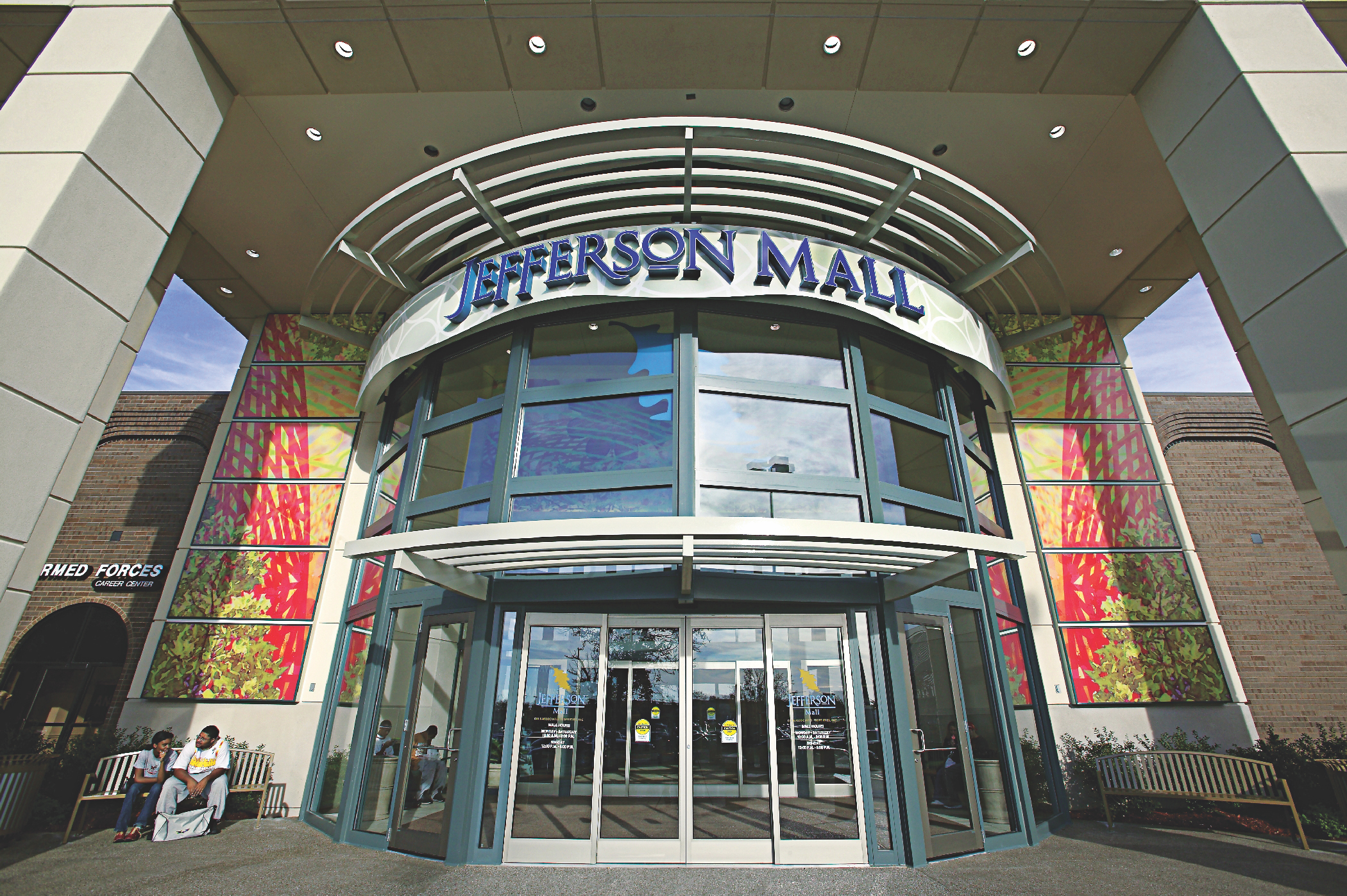
Jefferson Mall, Louisville, KY 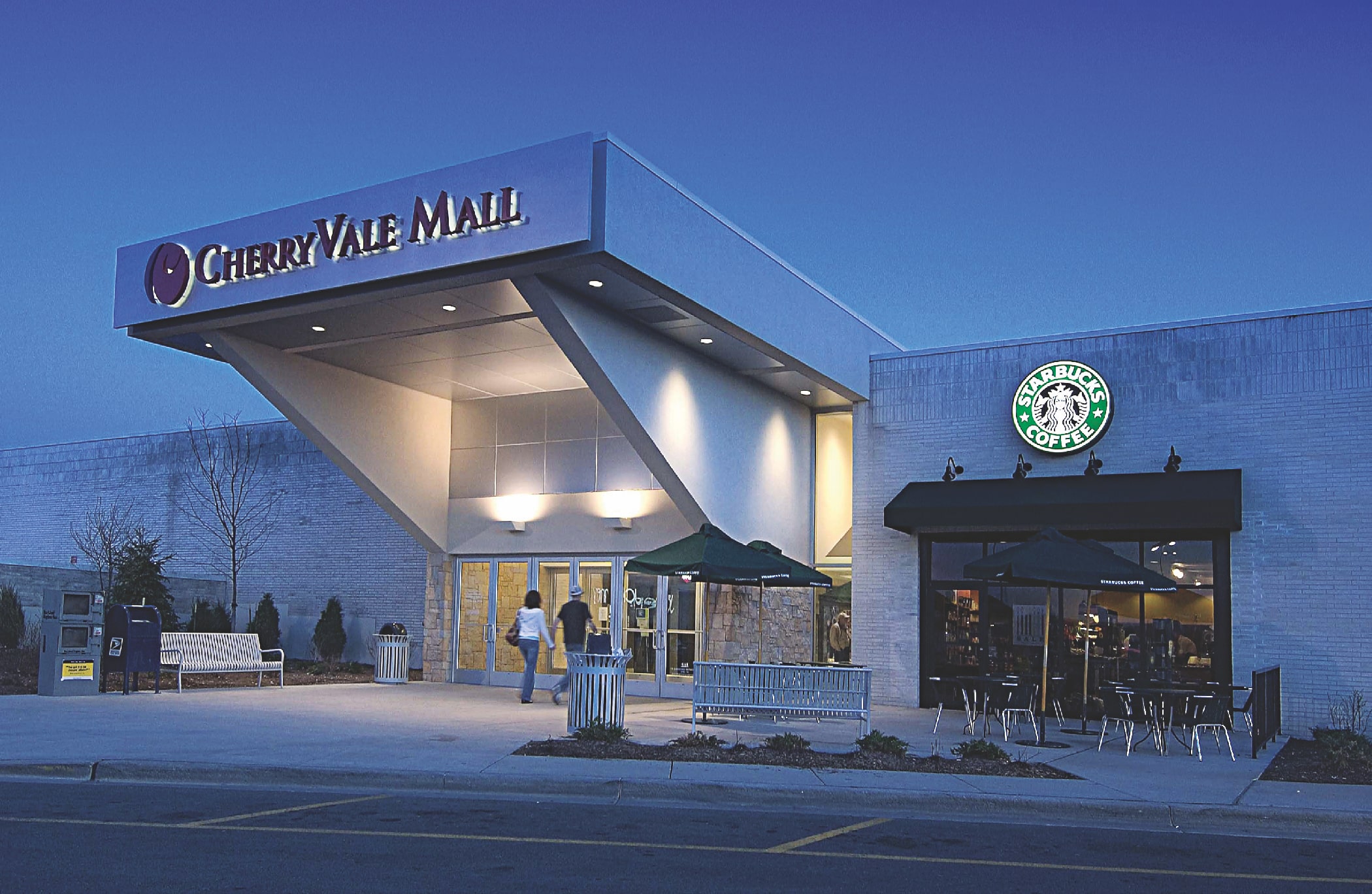
CherryVale Mall, Rockford, IL 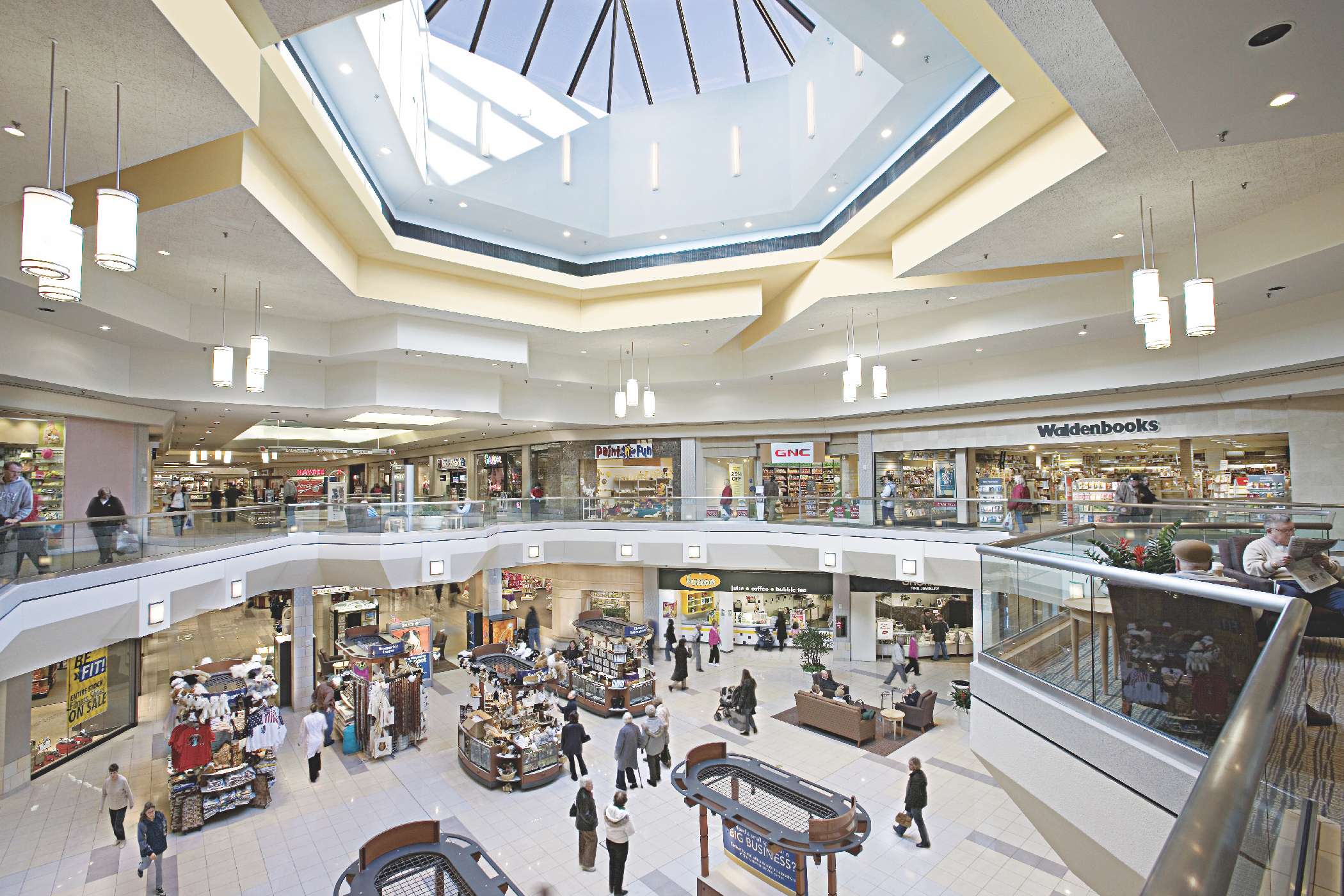
CherryVale Mall, Rockford, IL
